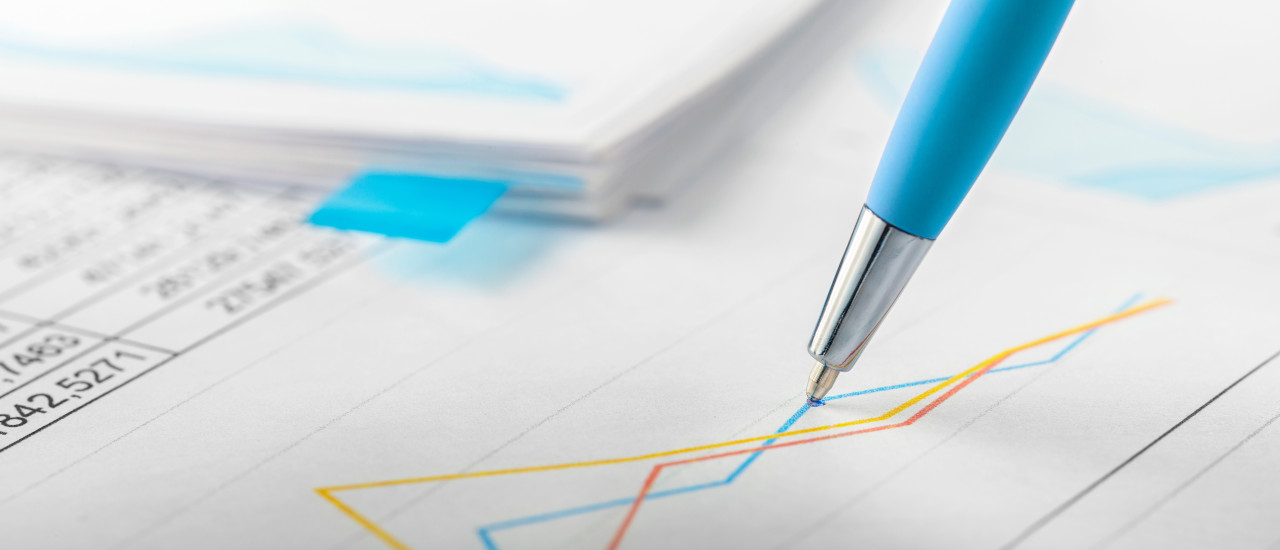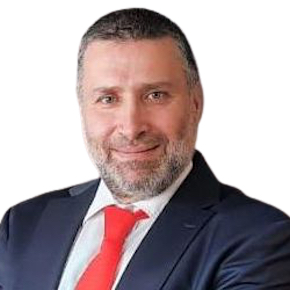
Financial crisis Lebanon: Little prospect of improvement with no government
The Lebanese financial structure is disastrous. Although there are discussions to formalise capital control in an official law, the country remains in political standstill because there is still no functioning government. This also affects the budget for this year, which was started by the previous government. This aimed to provide tax changes and exemptions to strengthen companies.
The current crisis is a multifaceted catastrophe that has led to the destruction of the country’s entire financial structure. It extends across all sectors of the economy and is rooted in unsustainable monetary and fiscal policies.
In the late 1990s, Lebanon was recovering from an exhaustive civil war and in 1994, the Lebanese currency was pegged against the dollar. The Lebanese central bank, Banque du Liban (BDL), favoured attractive interest rates to insure the inflow of foreign currency into the economy.
Different exchange rates make it difficult to stabilise the Lebanese currency
Many economists trace the beginning of the crisis to the operations conducted by the BDL in 2016, while others blame the October 17 “revolution”. This date marked the onset of economic and political disruption, as the currency gradually began to devalue against the USD. Although the Lebanese lira is still officially pegged at 1,500 LBP/USD until 1 February 2023, when the official rate becomes 15,000 LBP/USD, the economy is operating under multiple exchange rates; the black market rate for fresh dollars, the banking rate for “lolars” – Lebanese dollars, a term coined by Lebanese economist Dan Azzi – and the Sayrafa rate.
The Lebanese government is taking measures to contain the volatility of the devaluation of the Lebanese lira.Tony Boutros, Managing Partner, Ecovis BCA Lebanon, Mount Lebanon, Lebanon
The importance of the Sayrafa platform
Sayrafa is a platform originally established by the BDL to provide dollars for certain businesses at a lower rate than that of the black market. However, the central bank gradually used this tool – unsuccessfully – to try and salvage some of the citizens’ purchasing power and contain the volatility of the devaluation of the Lebanese lira. Over the course of the past year, the “lolar” rate has gradually increased from 3,900 LBP/USD to 15,000 LBP/USD in February 2023. These unprecedented events are unfolding in the absence of true economic and political reforms.
Government cannot repay Eurobonds
9 March 2020 was a black day for Lebanon’s debt, as the government defaulted for the first time on its foreign sovereign debt (Eurobonds). Previous governments had been consulting with the International Monetary Fund (IMF) to obtain a loan, but details on this deal have not been disclosed to the public nor has there been any progress on these discussions as the IMF and the World Bank demanded reforms that have not yet been implemented. An unofficial capital control was implemented, with each Bank applying its own variant on its depositors.
For further information please contact:
Tony Boutros, Managing Partner, Ecovis BCA Lebanon, Mount Lebanon, Lebanon
Email: beirut@ecovis.com
Contact us:
Tony Boutros
ECOVIS BCA Lebanon
Mallah Yammine Center 61, Khoury Hanna StreetJal El Dib
197 Mount Lebanon
Phone: +961 4 718738
www.ecovis.com/lebanon


